The pandemic brought with it fundamental changes in consumer behavior around the globe. We saw the birth of a new type of consumer in just 90 days. Agencies and clients had to adapt, evolve, and develop new ways to deliver successful campaigns. The acceleration of change within the industry has been quicker than ever. What started as a challenge, though, has evolved into an opportunity. What will this mean for experiential marketing?
Physical Meets Digital
We can seamlessly integrate real-life performances into new technology such as video games, as seen first with Marshmello and later with Travis Scott’s Fortnite performance.
A recent YouGov survey found 70% of Britons say they’d feel less safe if in a crowded or un-ventilated place and people were not wearing face masks. So, some want to go back, while others aren’t yet comfortable. If brands are to succeed, it’s crucial for agencies to develop experiences fusing the digital and physical worlds.
Experienced by the Few, Enjoyed by the Many
It may feel counterintuitive, but the future of experiential will involve reaching more people through live branded experiences. Live, virtual and digital experiences are no longer mutually exclusive. The creative approach will be the focus rather than the execution. The creative idea can now live beyond the physical world. It can happen anywhere: collaborative, networked and personalized experiences can now be created on a global scale.
This Time It’s Personal
We’re going to see hyper-personal campaigns and crossovers we didn’t think possible. We’re already seeing surprising brand collaborations between high fashion and high street brands, such as Gucci x North Face, which has become the most sought after collaboration of 2021. Gucci has taken it a step forward with its Pokémon Go partnership, with players able to pick up pieces for their trainers via 100 PokéStops.
Integration Means Better Measurement
We’re seeing a greater investment in experiential than ever before. This investment will allow for better technology, more engagement and ultimately better campaign measurement. The integration of live experiences into digital and virtual campaigns allows for better integration of consumer data, including live touchpoints and follow-on metrics such as engagement and purchase. When this live and virtual data is integrated into digital amplification campaign data, it can not only track results but predict the success of campaigns.
Seeing Into the Future
Brands cannot tread water when it comes to their experiential campaigns. What worked in the past won’t necessarily work again. There are rules and opportunities. Marketers need to embrace the change or risk becoming a relic of the past. This can be a positive: It’s a chance to create campaigns that challenge the norm, break through existing barriers, and deliver new streams of commercial success. The real question is: are you ready?
For a deeper dive on this topic, visit alliedglobalmarketing.com.
Tags: allied global marketing experiential marketing pandemic partner content




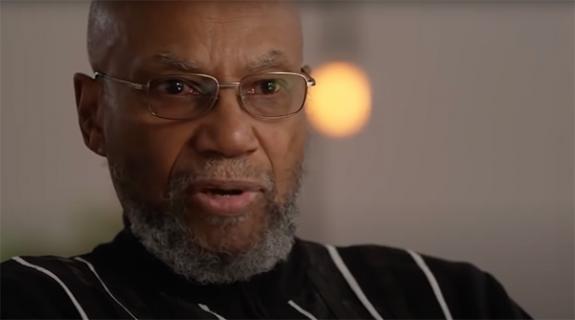







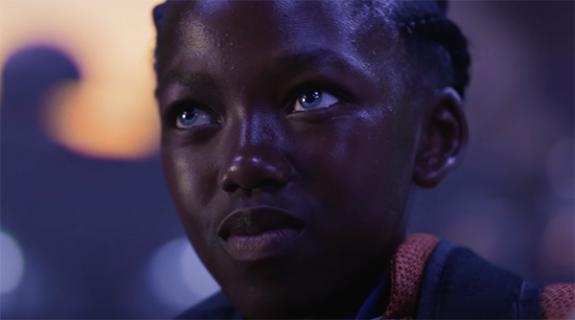
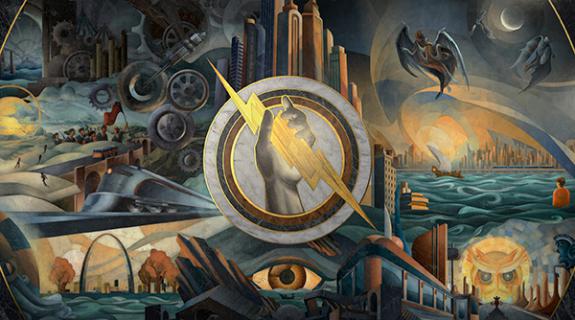
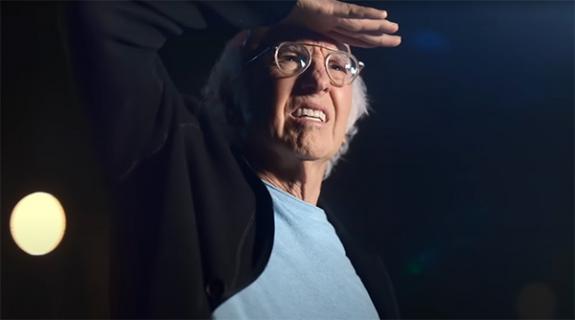



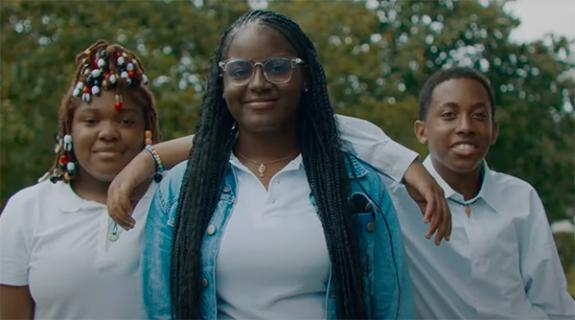


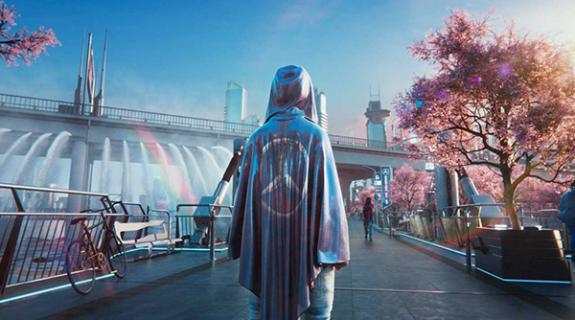


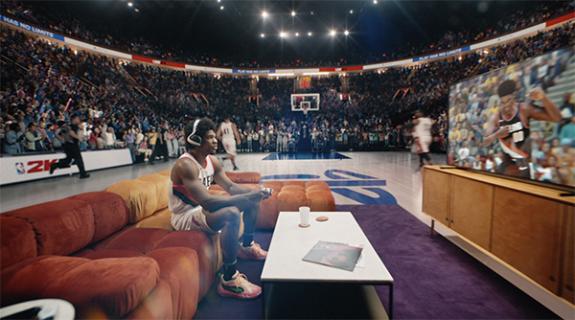
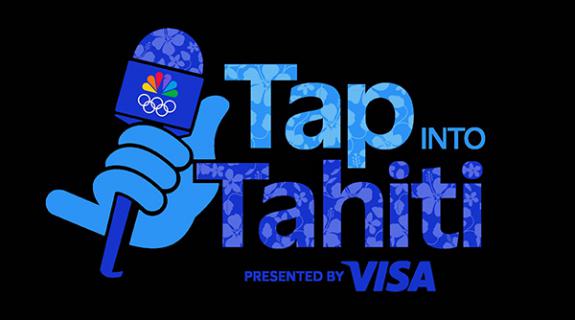



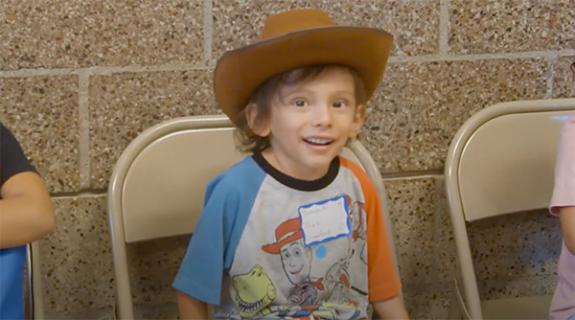












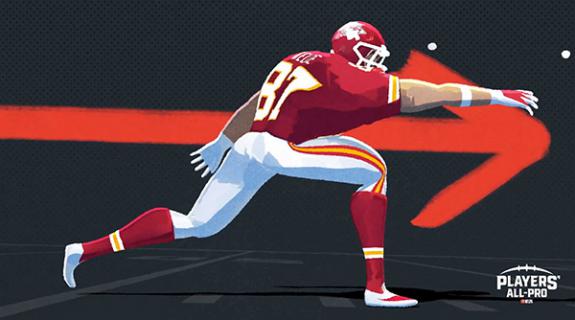


__twocolumncontent.jpg)











